
Understanding the Process: How is Nitrous Oxide Made?
Share
Understanding the Process: How is Nitrous Oxide Made?
If you’re inquiring about the production of nitrous oxide, or wondering “how is nitrous oxide made?”, it’s the thermal decomposition of ammonium nitrate that stands central to its creation. Our guide simplifies this complex process, explaining the steps involved in making nitrous oxide and the crucial attention to safety and purity that accompanies its production. Understand the journey of this gas from a raw chemical reaction to its various applications across industries.
Key Takeaways
Nitrous oxide, commonly known as laughing gas, is produced primarily through the carefully controlled thermal decomposition of ammonium nitrate to avoid detonation and ensure high purity of the end product.
The applications of nitrous oxide are wide-ranging, including its use as an anesthetic and analgesic in medical procedures, as a performance enhancer in automotive engines, and in culinary applications like whipped cream chargers.
The production and use of nitrous oxide come with safety and environmental considerations, necessitating measures to protect workers, adhere to regulations to mitigate its potency as a greenhouse gas, and reduce its long-term impact on climate change.
Unveiling the Creation of Laughing Gas
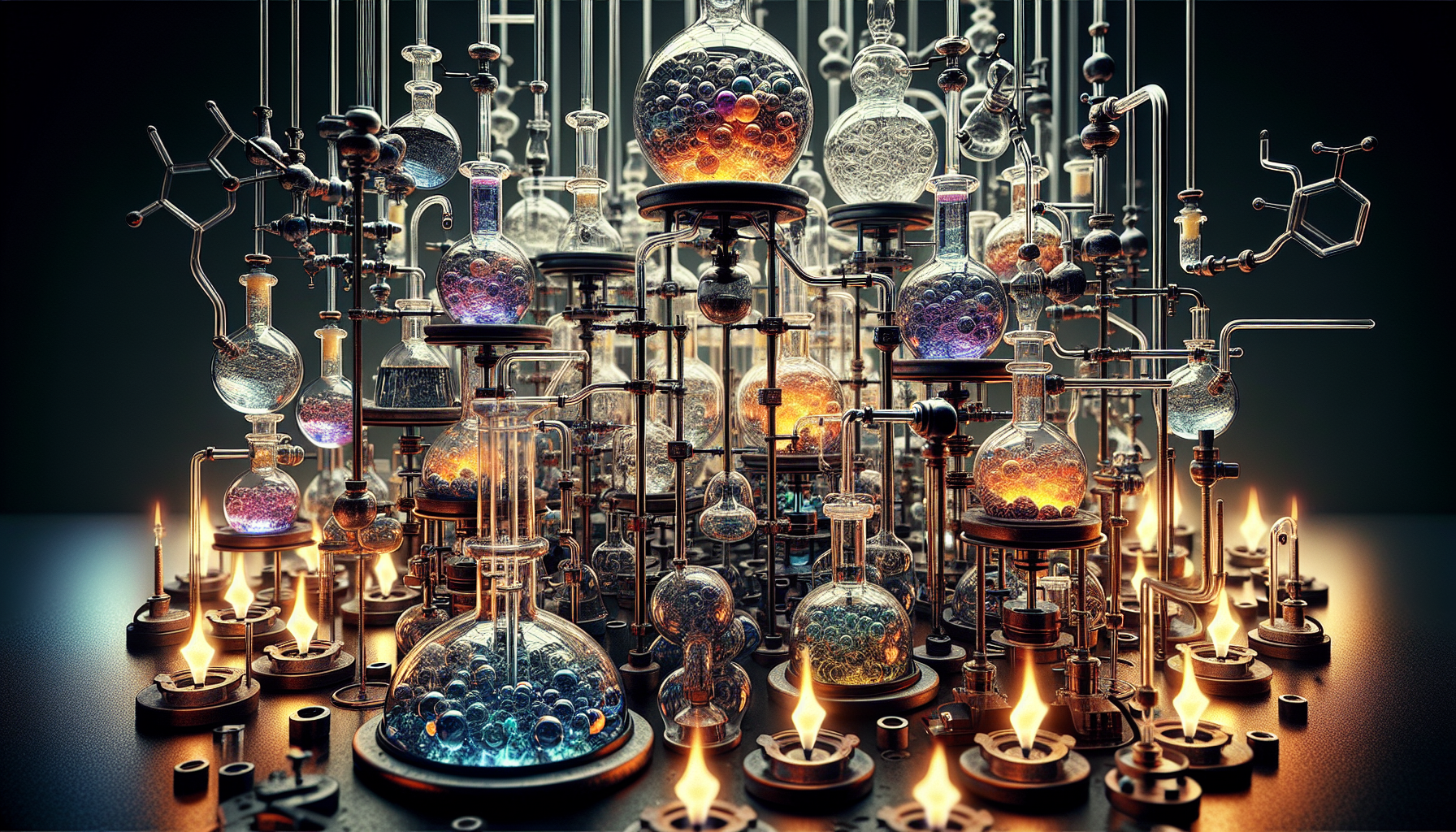
The production of nitrous oxide involves a fascinating blend of chemistry and precision. Here are the key steps involved in the process:
Thermal decomposition of ammonium nitrate: Nitrous oxide is primarily produced through the thermal decomposition of ammonium nitrate. This reaction must be handled with the utmost care to avoid any risks of detonation.
Gentle heating: The ammonium nitrate is gently heated to initiate the decomposition reaction. This ensures that the process is controlled and safe.
Avoiding detonation risks: It is crucial to carefully control the reaction conditions to prevent any risks of detonation. This includes maintaining the right temperature and pressure throughout the process.
Ensuring high purity: Producers also focus on achieving high purity of nitrous oxide. This involves removing any impurities or by-products that may be formed during the reaction. By following these steps and implementing strict safety measures, producers can safely manufacture nitrous oxide, a valuable gas.
But the production methods vary, with techniques ranging from industrial processes to meticulous laboratory syntheses. Each method has its own set of complexities and applications, revealing the intricate nature of producing nitrous oxide. Let’s dive deeper to understand these methods and the meticulous care involved in creating laughing gas.
Laboratory Synthesis Techniques
Within the controlled environment of a laboratory, scientists synthesize nitrous oxide through a variety of methods. One such method involves the decomposition of urea with nitric acid, a process that allows for detailed study and experimentation with the gas in smaller, controlled quantities. Another technique directly oxidizes ammonia, offering a different pathway to produce the same end product. These laboratory techniques are pivotal, not just for producing nitrous oxide but also for understanding its behavior and potential for use in both synthetic and organic fertilizers, as well as in surgical operations.
The versatility of laboratory methods ensures that researchers can continue to innovate and improve the ways in which nitrous oxide is produced and applied. From enhancing industrial processes to refining its use in medicine, the lab-based synthesis of this gas is the cornerstone of its continued evolution.
From Ammonium Nitrate to N2O
The industrial production of nitrous oxide involves a delicate dance between chemistry and safety. Here’s how it works:
It begins with ammonium nitrate, a common ingredient in both synthetic and organic fertilizers.
When heated, ammonium nitrate decomposes exothermically to yield nitrous oxide and water. This reaction requires careful temperature control.
The rate of this decomposition doubles with every 10°C rise in temperature, making precise control crucial to avoid contamination and ensure the purity of the gas.
This process is not only about converting ammonium nitrate into the desired N2O but also about managing the exothermic nature of the reaction to prevent risks. The end goal is a high-purity, liquid nitrous oxide that can be used in a variety of applications, from medical procedures to the enhancement of engine performance.
Byproducts and Purity Concerns
Amidst the drive to produce nitrous oxide, attention must be paid to the byproducts that can arise. The industrial processes may yield substances such as ammonia, nitric acid, and other nitrogen oxides, which can pose challenges to both safety and purity. To address these concerns, manufacturers employ sequential scrubbers using water, caustic soda, and sulfuric acid. This rigorous purification ensures that the final product meets the highest standards of quality and safety.
By meticulously removing these impurities, producers can deliver a colorless gas that is not only safe for various applications but also maintains the integrity of the end-use—be it in medicine, where purity is paramount, or in the food industry, where taste and safety cannot be compromised.
The Role of Nitrous Oxide in Various Sectors
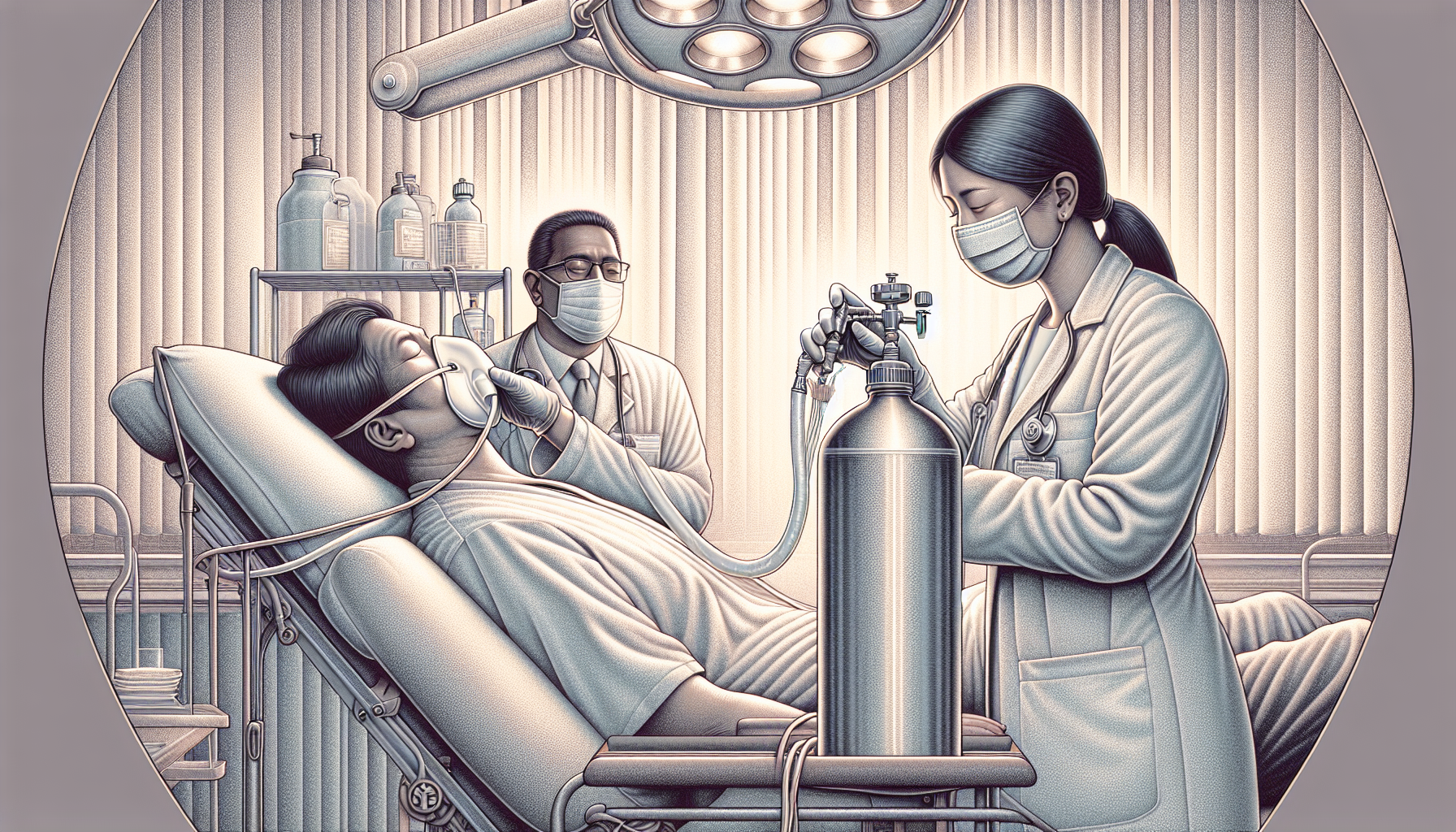
From the confines of industrial tanks to the vastness of space, nitrous oxide has cemented its role as a multifaceted player in numerous sectors. It’s a medical marvel, providing pain relief and sedation during surgical operations. In rocketry, it takes center stage as an oxidizer, propelling crafts like SpaceShipOne into the cosmos. The food industry cherishes it for its non-reactive nature, using it in whipped cream chargers and cooking sprays. Even the automotive world has found a place for nitrous oxide, harnessing its properties to boost engine performance.
As we explore these diverse applications, we’ll see just how integral nitrous oxide is to our daily lives and the advanced technologies we rely on. Whether it’s enhancing patient comfort in a dental chair or ensuring the perfect swirl atop your morning latte, nitrous oxide’s versatility is truly remarkable.
Medical Marvel: Anesthetic and Analgesic Uses
In the realm of medical science, nitrous oxide is synonymous with relief. Its anesthetic and analgesic properties have made it a mainstay in both surgery and dentistry. The gas’s ability to induce sedation within minutes and its quick dissipation post-procedure make it an ideal choice for short medical interventions and controlled pain management, particularly during labor. The underlying mechanisms of its pain-reducing effects involve complex interactions with the body’s endogenous opioid system and the enhancement of GABAA receptor activity, providing both analgesic and anxiolytic benefits.
Administered through automated relative analgesia machines, nitrous oxide is often used in combination with other general anesthetic drugs. This synergistic use not only maximizes patient comfort but also allows for precise dosage control, ensuring safety and efficacy in various medical procedures.
Boosting Engine Performance
For automotive enthusiasts, the term ‘nitrous’ conjures images of roaring engines and blistering speeds. Nitrous oxide serves as a powerful ally in the quest for peak performance, providing a significant temporary boost in horsepower and acceleration. When injected into the engine, nitrous oxide decomposes at high temperatures, releasing additional oxygen that allows for the combustion of more fuel. This process not only increases power output but also cools the intake air, which in turn increases its density and enhances performance even further.
The allure of this performance enhancement is undeniable in the world of racing and high-power automotive applications. By capitalizing on the gas’s unique properties, drivers can push their vehicles to new limits, making nitrous oxide a coveted addition to any performance toolkit.
Culinary Applications: Whipped Cream Chargers
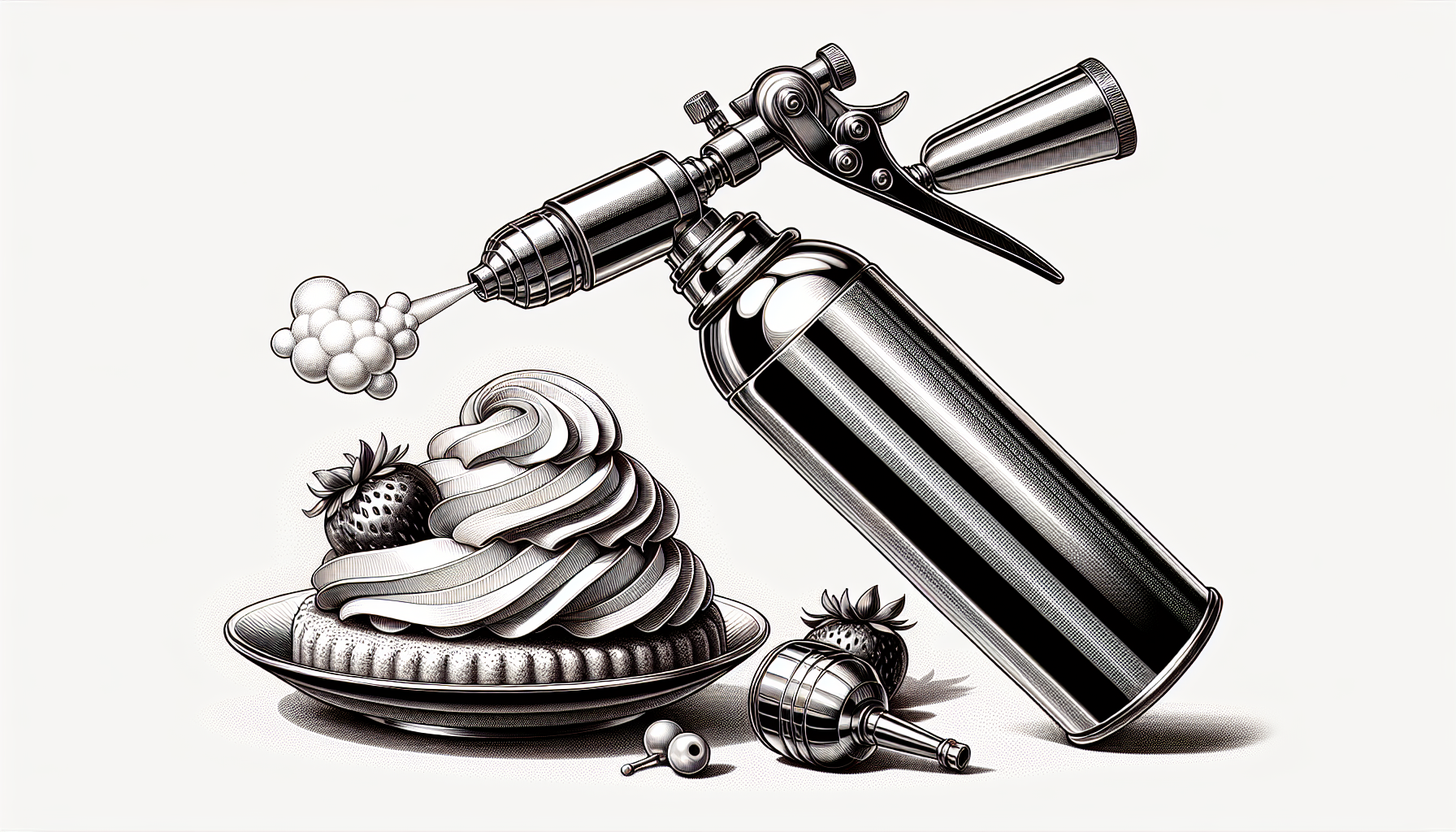
In the kitchen, nitrous oxide proves that it’s not just about speed or sedation—it’s also about savor. Whipped cream dispensers rely on cartridges of this non-reactive gas to create the light, fluffy texture we love. As the gas mixes with the cream under pressure, its expansion creates tiny bubbles that give whipped cream its airy consistency. This culinary magic is all thanks to the tasteless and non-reactive nature of nitrous oxide, ensuring that our desserts are as flavorful as they are visually appealing.
Beyond whipped cream, nitrous oxide plays a critical role in the preservation of wine. Products like the NOS Regulator and Whippiphany Filter use nitrous oxide to:
Prevent oxidation
Extend the shelf life of wine after opening
Form a protective barrier against oxygen
Maintain the wine’s original quality
This makes atmospheric nitrous oxide a valued tool for connoisseurs and casual drinkers alike, while nitric oxide plays a different role in various biological processes.
Safety Measures in Nitrous Oxide Production
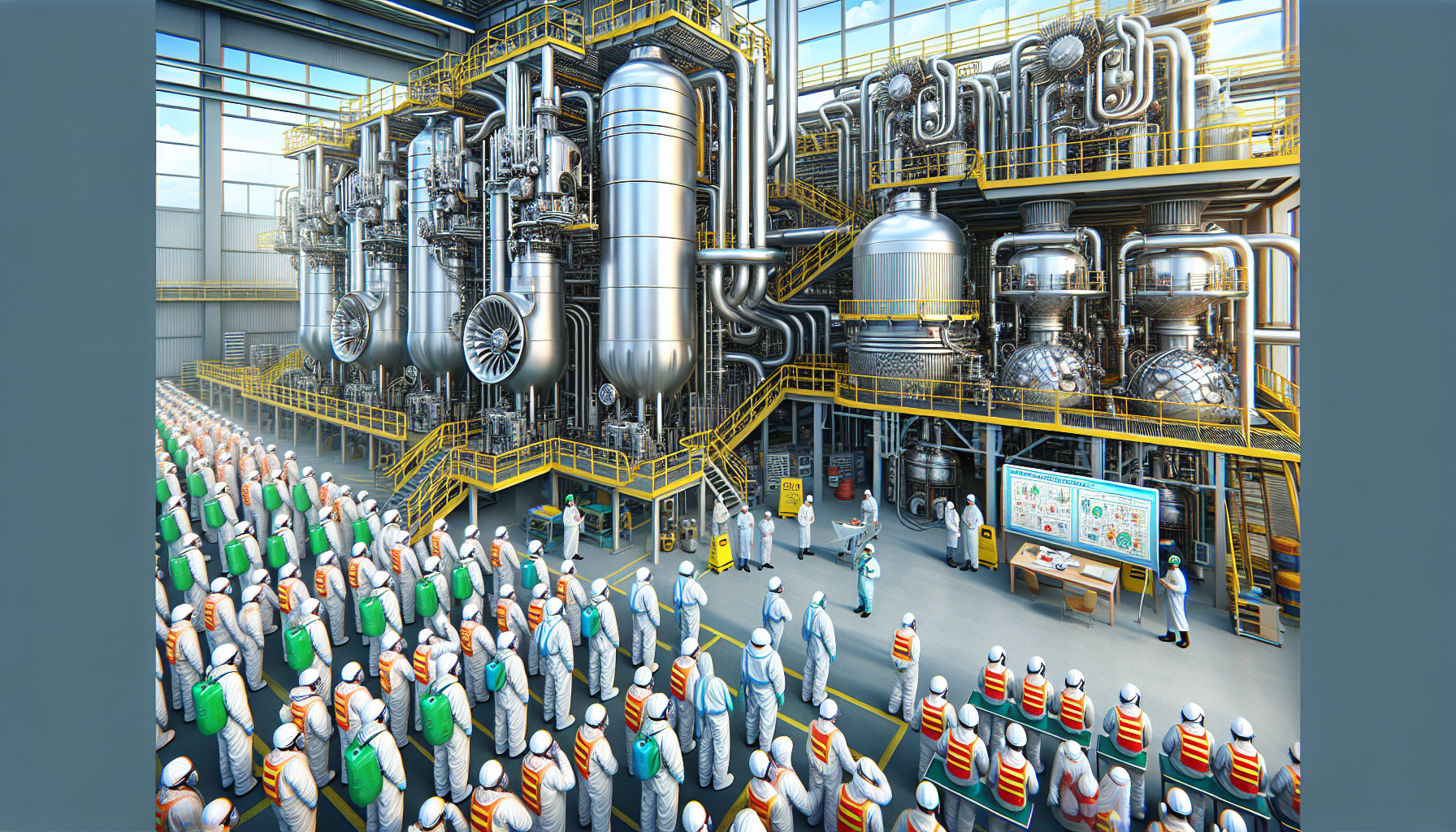
While the applications of nitrous oxide are broad and impressive, the production process comes with significant safety considerations. The potential hazards range from dizziness and unconsciousness to long-term health issues such as infertility upon prolonged exposure. Furthermore, contact with liquid nitrous oxide can result in severe frostbite, underscoring the need for stringent safety protocols. It is through a combination of engineering controls, worker education, and environmental regulations that the production of nitrous oxide can be conducted safely and sustainably.
Let’s examine the measures that ensure the protection of those involved in the production process, as well as the wider environment, from the potential risks associated with nitrous oxide.
Preventing Occupational Exposure
To shield workers from the risks of nitrous oxide exposure, a blend of engineering solutions and education is employed. Some key measures include:
Scavenging systems, which are critical in reducing gas concentrations in the workplace
Educational programs, which provide workers with the knowledge to handle nitrous oxide safely
Regular air monitoring, which allows for the assessment of control measures’ effectiveness and ensuring worker safety
These measures work together to protect workers from the dangers of nitrous oxide exposure.
Such measures are particularly crucial for vulnerable groups, such as pregnant workers, due to the adverse effects nitrous oxide can have on the developing fetus. By fostering a culture of safety through these initiatives, industries can minimize occupational exposure and protect their workforce.
Environmental Regulations
The environmental impact of nitrous oxide is not to be underestimated. As a potent greenhouse gas, regulations have been implemented to curb its emissions into the atmosphere. In the United States, the EPA has set legal limits under the Clean Air Act, while the European Union has also established its own directives for industrial plants. Manufacturers are required to monitor and report their nitrous oxide emissions, ensuring they remain within the parameters set by these environmental regulations.
These measures are a testament to the global effort to mitigate the effects of climate change and protect the planet for future generations. By adhering to such regulations, industries can contribute to reducing nitrous oxide emissions and the environmental footprint of nitrous oxide production.
Comparing Nitrous Oxide with Other Greenhouse Gases
It’s important to place nitrous oxide within the broader context of greenhouse gases to truly grasp its environmental significance. Though it accounts for a smaller percentage of emissions compared to carbon dioxide, its global warming potential is 265 times greater over a 100-year period. Its long atmospheric lifetime of 114 years further amplifies its impact on climate change.
As we peel back the layers of its contribution to the greenhouse effect, it becomes clear that nitrous oxide’s role in global warming is substantial, despite its less dominant presence in the atmosphere compared to other greenhouse gas emissions like carbon dioxide and methane.
A Potent Greenhouse Gas
Nitrous oxide’s high global warming potential stems from its ability to trap heat in the atmosphere. This trapping effect is significantly more potent than that of carbon dioxide, making nitrous oxide a key player in climate change discussions. Despite its smaller emission volume, the long-lived presence of nitrous oxide in the atmosphere contributes to higher concentrations of greenhouse gases, emphasizing the need for focused efforts to reduce its emissions.
Understanding the potency of nitrous oxide is crucial in the global battle against climate change. As we continue to assess and compare greenhouse gases, the importance of mitigating nitrous oxide emissions becomes ever more apparent.
Strategies for Reducing Emissions
The quest to reduce nitrous oxide emissions is a multifaceted challenge, with agricultural practices and agricultural soils being principal contributors. Mathematical models like ASM2d-N2O have been developed to predict emissions and understand the production pathways of nitrous oxide, particularly in wastewater treatment. Recent research has focused on exploring factors influencing its production and the potential of heterotrophic denitrification as a mitigation method. Such methods, which harness the capacity of denitrifying bacteria to reduce nitrous oxide, offer a promising avenue for emission reduction strategies.
As we delve into these strategies, it becomes evident that a combination of scientific understanding and practical application is necessary to effectively limit the release of nitrous oxide into the environment, which is a byproduct of fossil fuel combustion.
The Evolution of Nitrous Oxide Production
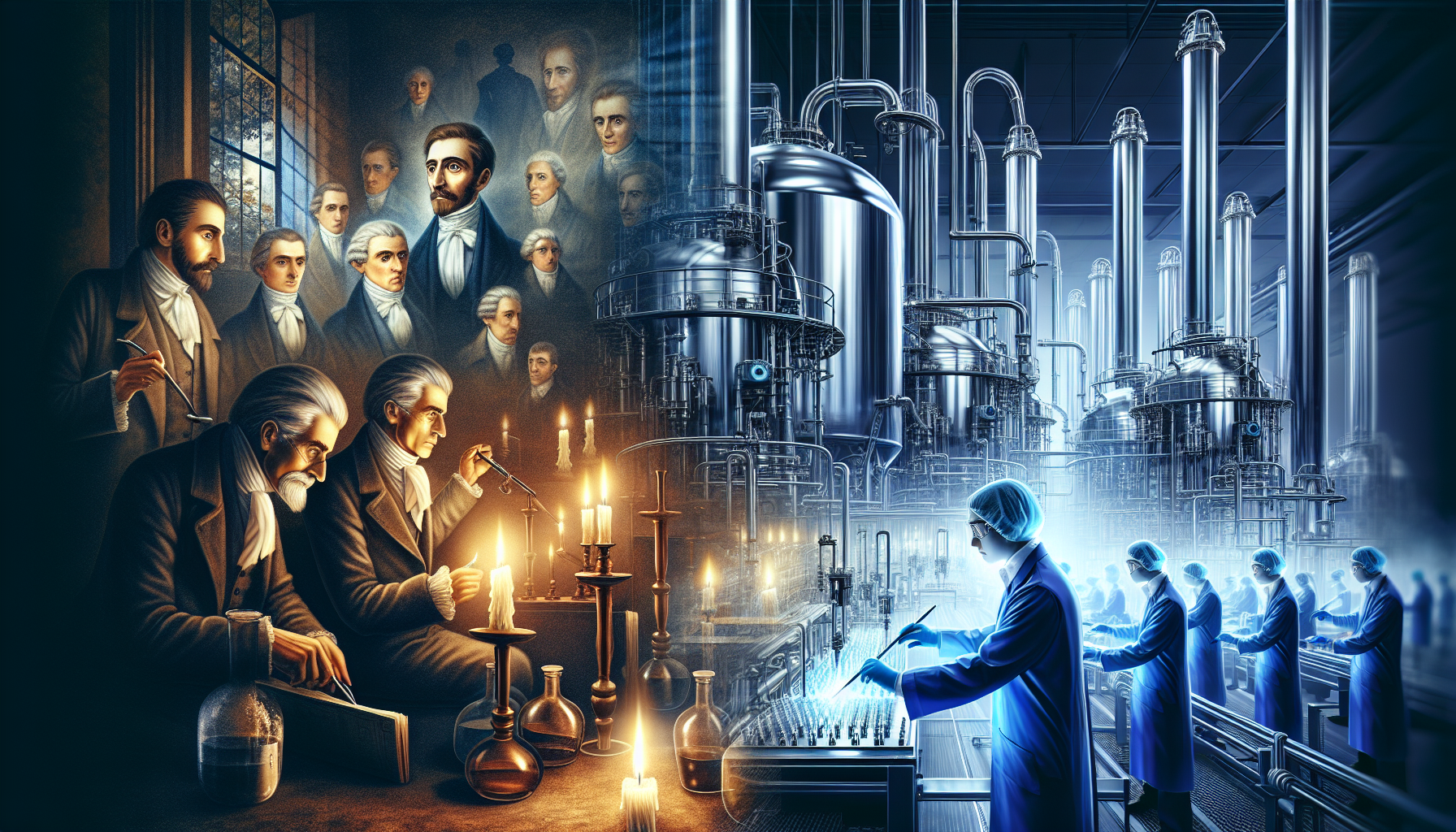
The journey of nitrous oxide production is a narrative of scientific discovery and technological innovation. From its synthesis by Joseph Priestley in the 18th century to the sophisticated industrial processes of today, the production of nitrous oxide has undergone a remarkable transformation. This evolution not only reflects the advancement of chemical manufacturing techniques but also illustrates the growing understanding of the gas’s properties and applications.
Let’s travel back in time to uncover the historical milestones that have shaped the production of nitrous oxide and then return to the present to witness how technological advancements continue to refine this process.
Historical Perspectives
The story of nitrous oxide begins in 1772 with Joseph Priestley, the man who first identified and synthesized this remarkable gas. His work paved the way for others, like Thomas Beddoes and James Watt, who explored its medical potential. However, the transition of nitrous oxide from a scientific curiosity to a medical staple was not without its setbacks. A notably unsuccessful public demonstration in 1845, though a temporary blow, could not overshadow the gas’s undeniable analgesic properties.
It was Dr. Horace Wells who, after observing an accidental demonstration of nitrous oxide’s analgesic effects, pioneered its use in dentistry. Despite an initial failed demonstration, his determination led to recognition by both the American Dental Association and the American Medical Association, solidifying the gas’s place in medical history.
Technological Advances in Production
As the use of nitrous oxide grew, so did the technology for its production. The shift from batch processing to continuous production methods marked a significant leap in efficiency and safety. Innovations such as catalytic methods reduced unwanted byproducts and enhanced the purity of the gas. Modern production facilities now employ advanced containment and control systems, safeguarding against the high-pressure risks associated with gas production.
Moreover, real-time monitoring systems have become a staple in the production of nitrous oxide, providing immediate feedback and control options to ensure consistent quality and safety. These technological advances reflect the industry’s commitment to innovation and its continuous pursuit of better, safer, and more efficient production methods.
Summary
The journey of nitrous oxide, from its laughing gas moniker to its role in modern society, is a testament to human ingenuity and scientific advancement. We’ve explored its intricate production process, spanning laboratory synthesis to industrial-scale manufacturing, and delved into its myriad applications that touch upon medical, culinary, and automotive realms. Along the way, we’ve grappled with the safety and environmental implications of this potent gas, comparing it to other greenhouse gases and discussing strategies to mitigate its impact. As we’ve uncovered, nitrous oxide is not merely a substance of mirth; it’s a powerful tool that, when harnessed responsibly, contributes immensely to various facets of our lives.
Frequently Asked Questions
What makes nitrous oxide a preferred gas in medical procedures?
Nitrous oxide is preferred in medical procedures due to its rapid onset of sedation, quick recovery time, analgesic and anxiolytic effects, making it safe and effective for short procedures and pain management.
Can nitrous oxide be used to enhance engine performance in any vehicle?
Yes, nitrous oxide can enhance engine performance in high-performance automotive applications when installed and used according to manufacturer's guidelines and safety standards.
Is nitrous oxide dangerous to work with in industrial settings?
Yes, nitrous oxide can be dangerous to work with in industrial settings due to potential health risks such as dizziness, unconsciousness, and frostbite if proper safety measures are not in place. However, with the right safety protocols and training, these risks can be effectively managed.
Why is nitrous oxide considered a potent greenhouse gas?
Nitrous oxide is considered a potent greenhouse gas because it has a global warming potential 265 times greater than carbon dioxide and remains in the atmosphere for an average of 114 years, contributing significantly to climate change.
Has the production of nitrous oxide evolved over time?
Yes, the production of nitrous oxide has evolved significantly since its discovery in 1772, with technological advances leading to more efficient and safer processes.
